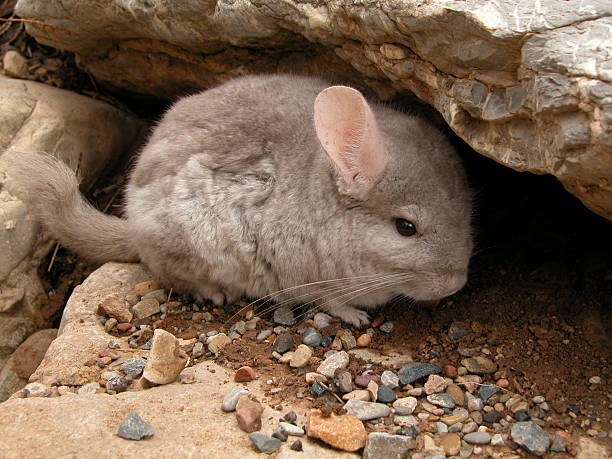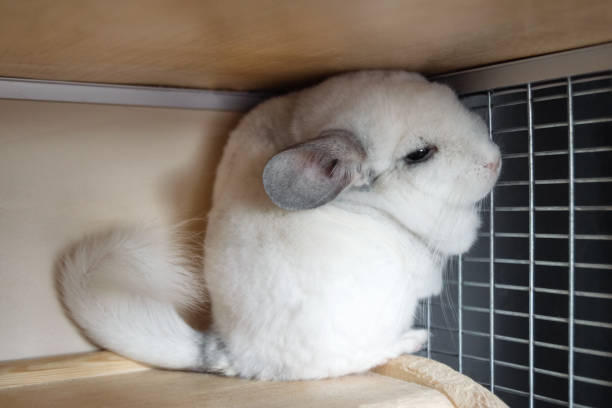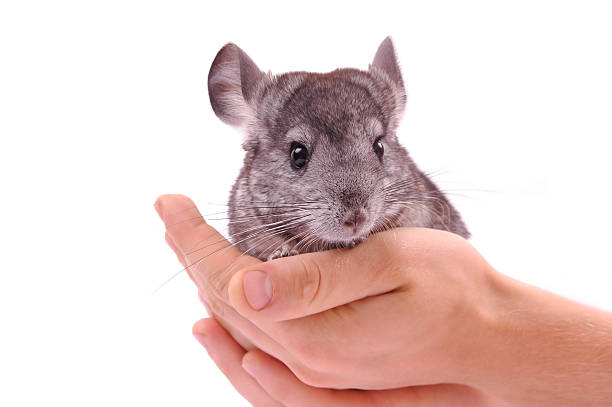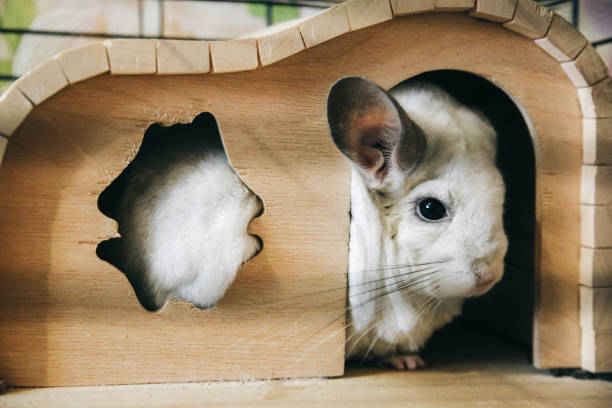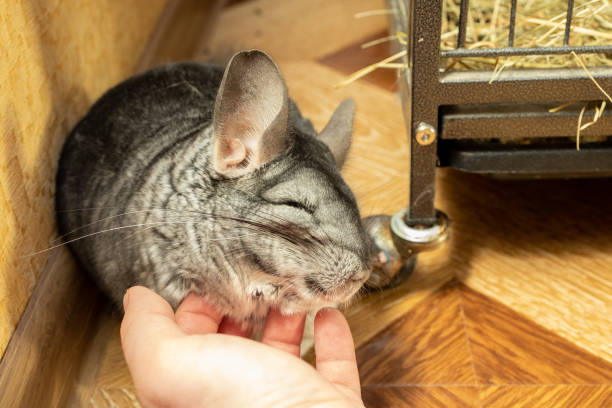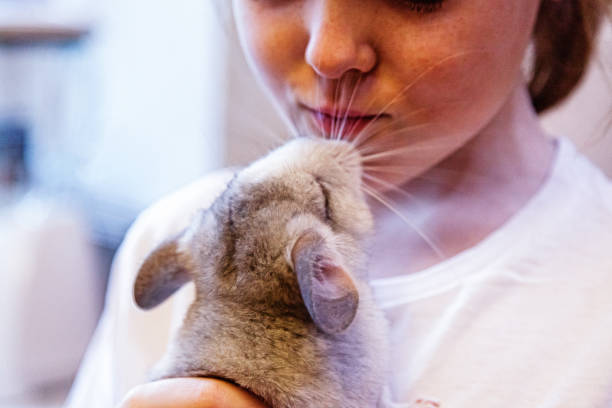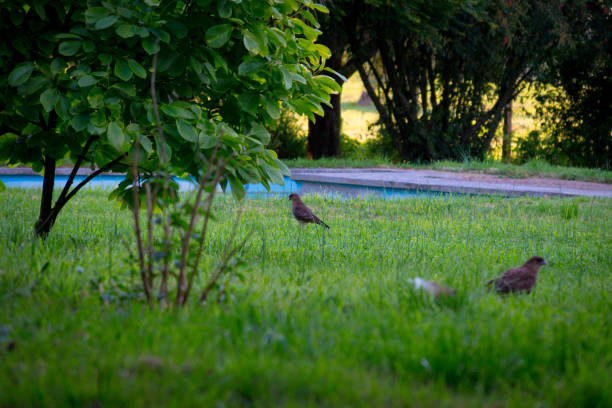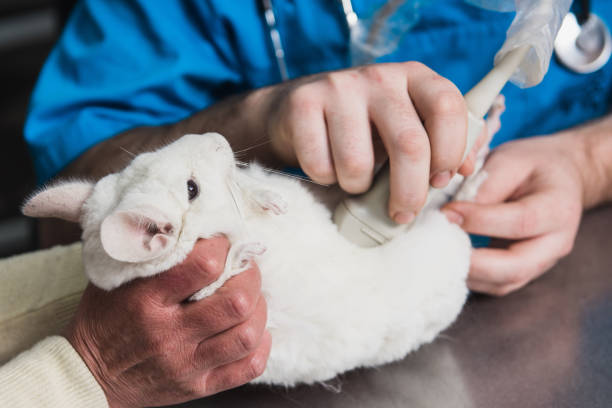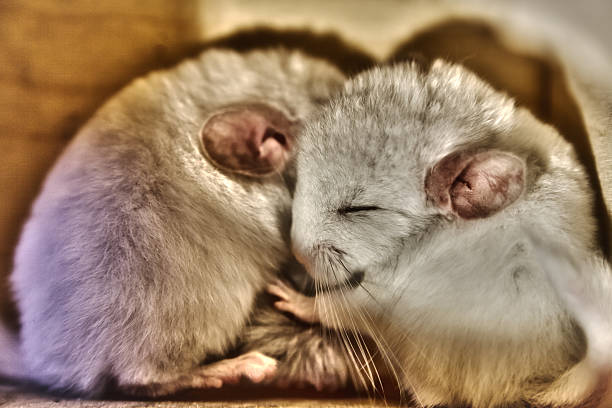Wild Chinchilla: A Fascinating Creature of the Andes
This post contains affiliate links. This means I will make a commission at no extra cost to you should you click through and make a purchase. Read the full disclosure here.The wild chinchilla, scientifically known as Chinchilla lanigera, is a captivating creature native to the Andes mountain range in South America. These small, furry rodents have been admired for their incredibly soft and luxurious fur, which unfortunately led to their near extinction in the wild. In this article, we will explore the intriguing world of wild chinchillas, their habitat, behavior, threats they face, and conservation efforts to protect this species.
1. The Andes Home
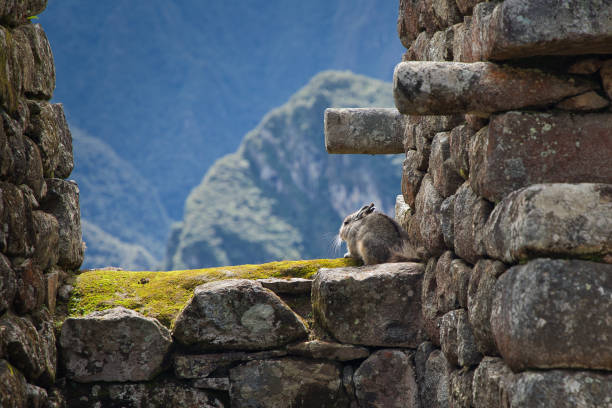
The Andes mountain range, stretching along the western edge of South America, serves as the natural habitat for the wild chinchilla. This region boasts a unique climate with a combination of high altitudes, rocky terrain, and arid environments, providing an ideal living space for these agile creatures.
2. Physical Attributes
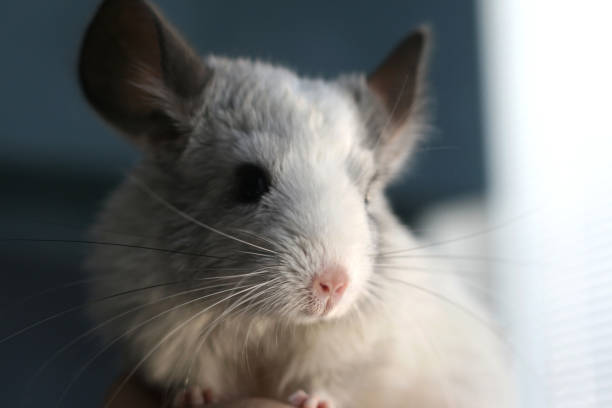
Wild chinchillas are small, nocturnal rodents with round bodies, large eyes, and prominent ears that help them navigate through their rocky habitat. They are covered in incredibly soft fur, known as “chinchilla fur,” which has attracted human attention for centuries.
3. A Luxurious Coat
The fur of the wild chinchilla is undoubtedly one of its most remarkable features. It is exquisitely dense, with over 50 hairs growing from each follicle. This adaptation helps the chinchilla survive the cold temperatures of the Andes and protect itself from potential predators.
4. The Hunt for Chinchilla Fur
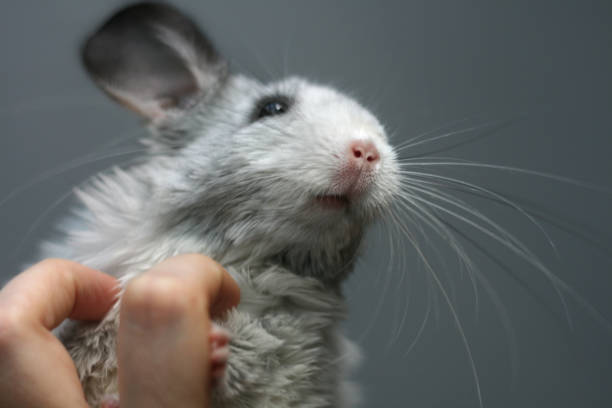
Unfortunately, the beauty of their fur has also been their downfall. In the early 20th century, the demand for chinchilla fur in the fashion industry led to indiscriminate hunting, pushing the wild chinchilla population to the brink of extinction.
5. Conservation Efforts
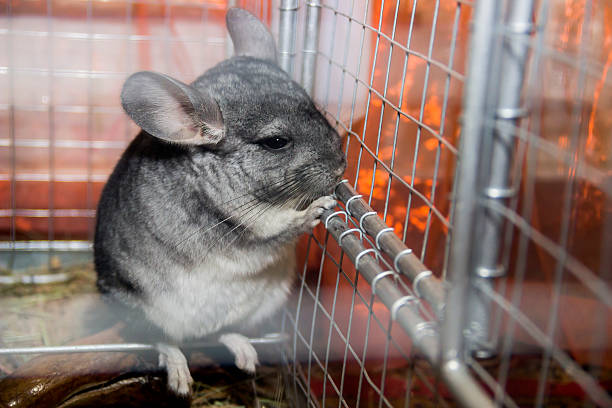
Realizing the severity of the situation, conservationists and governments took action to protect these charming creatures. Several laws and regulations were put in place to ban chinchilla hunting and trade, allowing their population to recover gradually.
6. Reproduction and Family Life
Wild chinchillas have a unique reproductive system, with females giving birth to relatively large litters compared to their body size. The mothers are incredibly nurturing, creating nests and providing extensive care to their young.
7. Adaptations for Survival
Living in a challenging environment, wild chinchillas have developed impressive adaptations to thrive in the Andes. They have powerful hind legs, allowing them to leap between rocky crevices, and a keen sense of hearing and smell to detect potential dangers.
8. The Threat of Predators
Despite their agility and speed, wild chinchillas face threats from various predators, including birds of prey, foxes, and wild cats. Their cryptic coloration and nocturnal behavior provide some protection, but predation remains a constant risk.
9. Communication and Social Behavior
Wild chinchillas are social animals that communicate through various vocalizations and body language. They establish hierarchical structures within their groups and exhibit territorial behavior to defend their resources.
10. The Precarious Status of Wild Chinchillas
While conservation efforts have contributed to the gradual recovery of wild chinchilla populations, the species remains endangered. Deforestation, habitat destruction, and illegal pet trade continue to pose significant challenges to their survival.
11. The Need for Continued Protection
Protecting wild chinchillas requires a sustained effort from governments, organizations, and individuals. Preserving their natural habitat, supporting breeding programs, and educating the public about their importance in the ecosystem are essential steps in ensuring their survival.
12. FAQs
Can wild chinchillas be kept as pets?
While domesticated chinchillas are available as pets, owning wild chinchillas is illegal in most places. It’s crucial to support responsible pet ownership and avoid contributing to the illegal wildlife trade.
How long do wild chinchillas live in the wild?
In their natural habitat, wild chinchillas can live up to 10 years or more, depending on the environmental conditions and threats they encounter.
What is the main threat to wild chinchilla populations?
The main threat to wild chinchillas is habitat loss due to deforestation and human activities, along with illegal hunting for their fur and the pet trade.
How many species of chinchillas are there?
There are two recognized species of chinchillas: the wild chinchilla (Chinchilla lanigera) and the short-tailed chinchilla (Chinchilla chinchilla).
How can I support wild chinchilla conservation efforts?
You can support wild chinchilla conservation by donating to reputable organizations working on their protection, raising awareness about their plight, and making responsible consumer choices to avoid products made from chinchilla fur.

